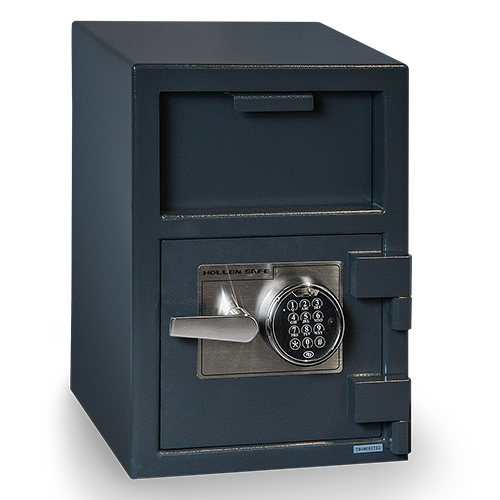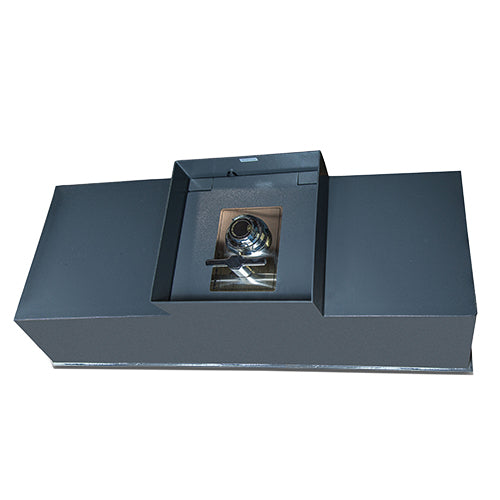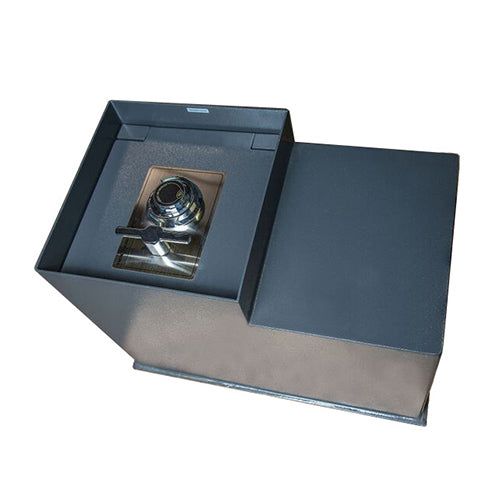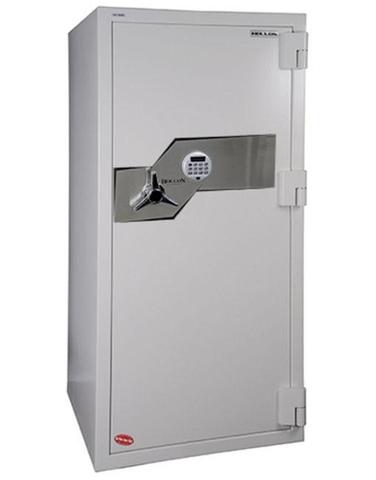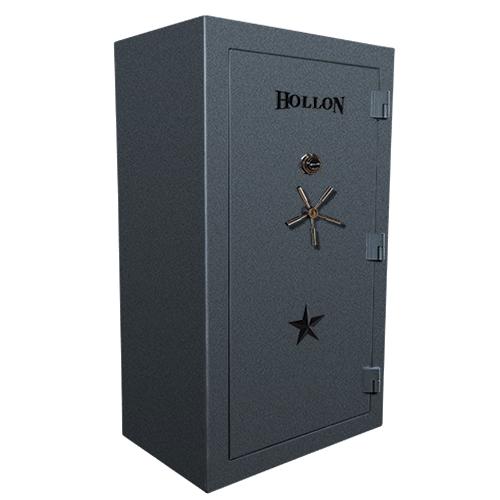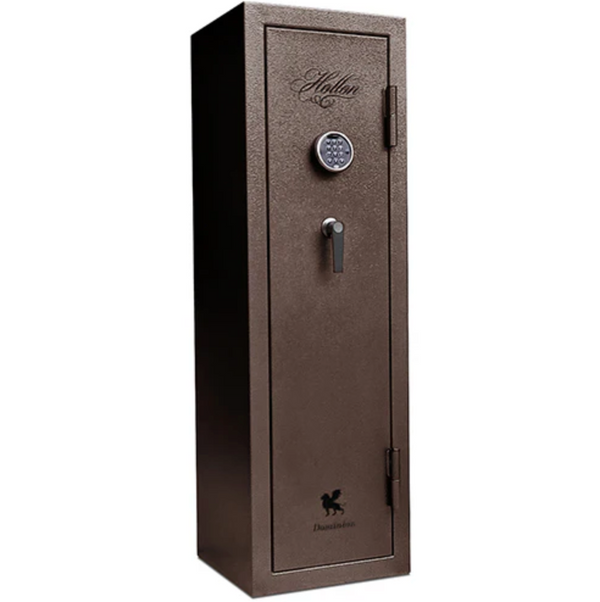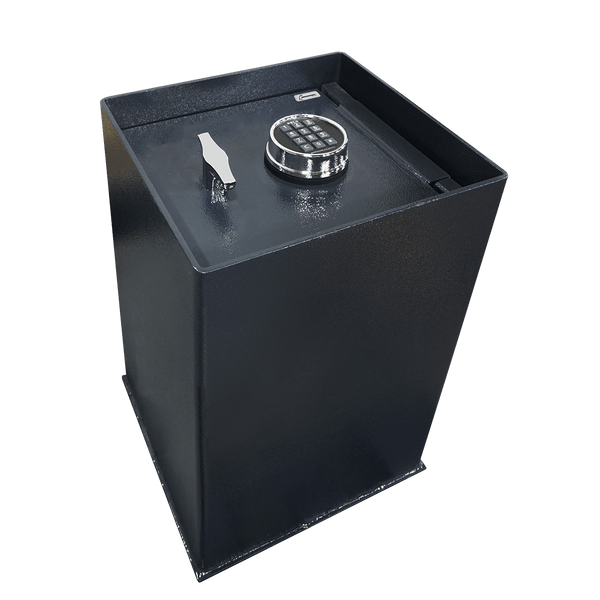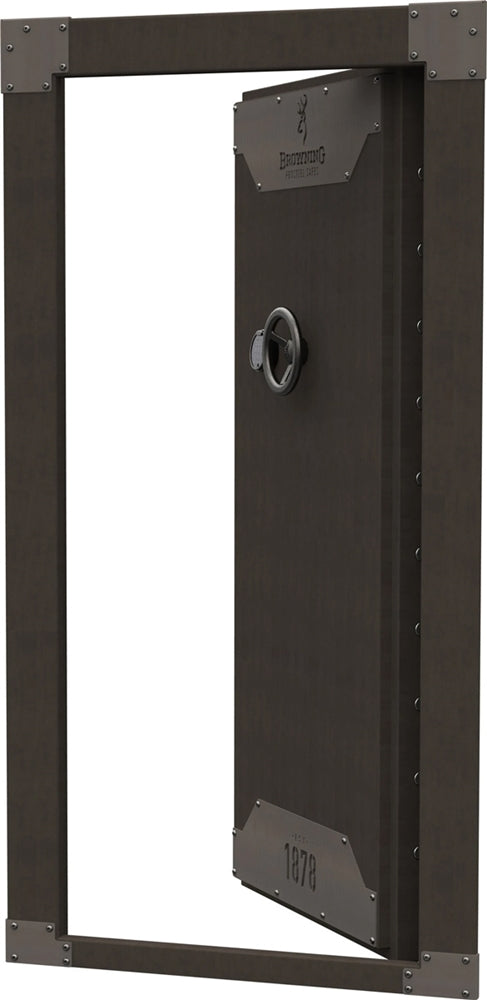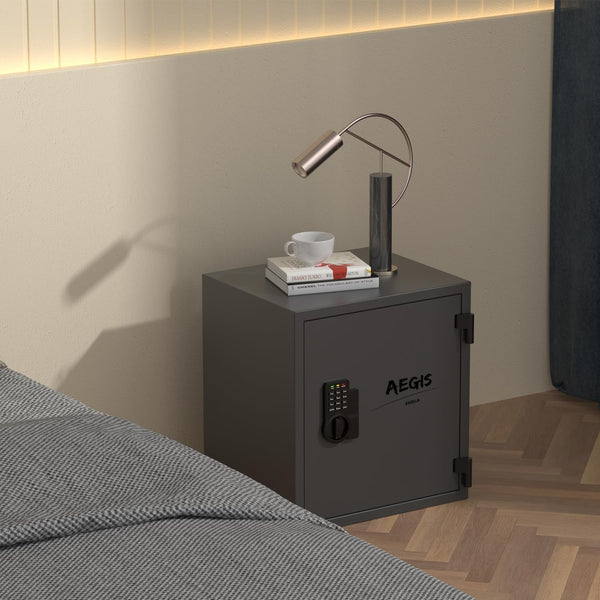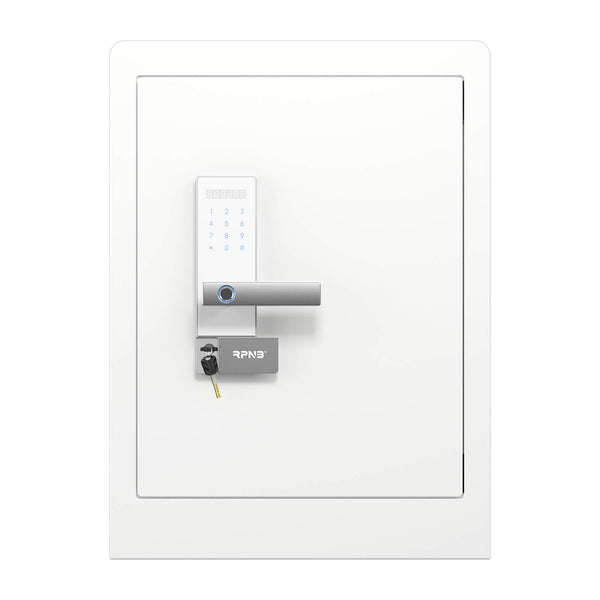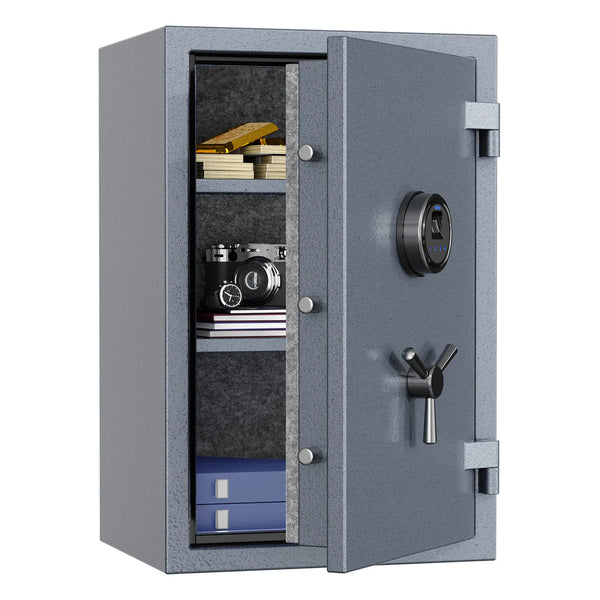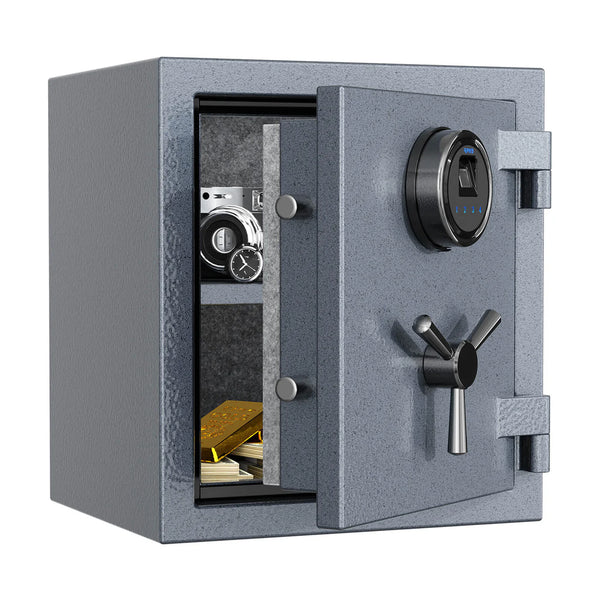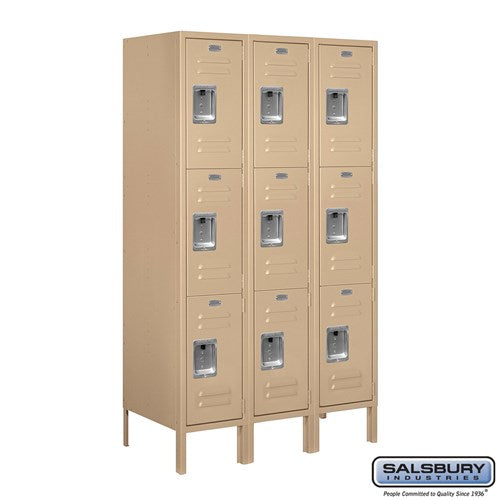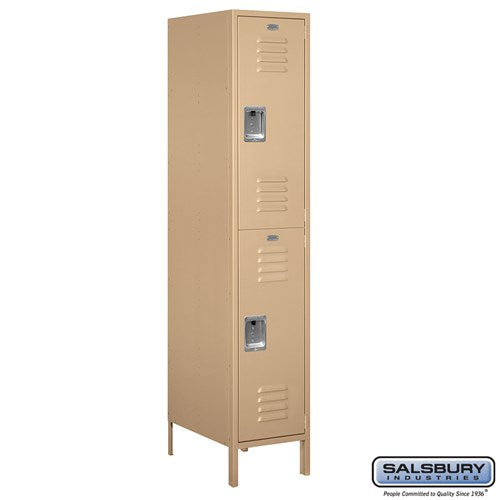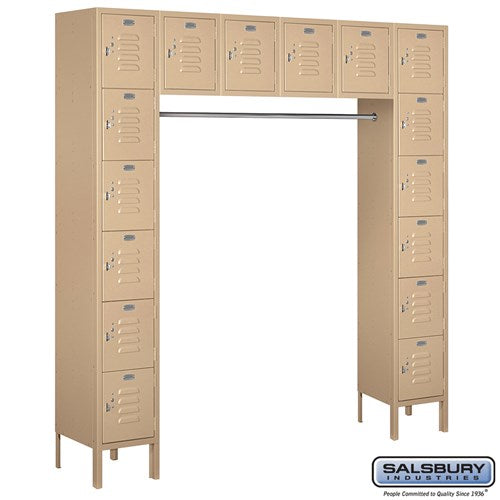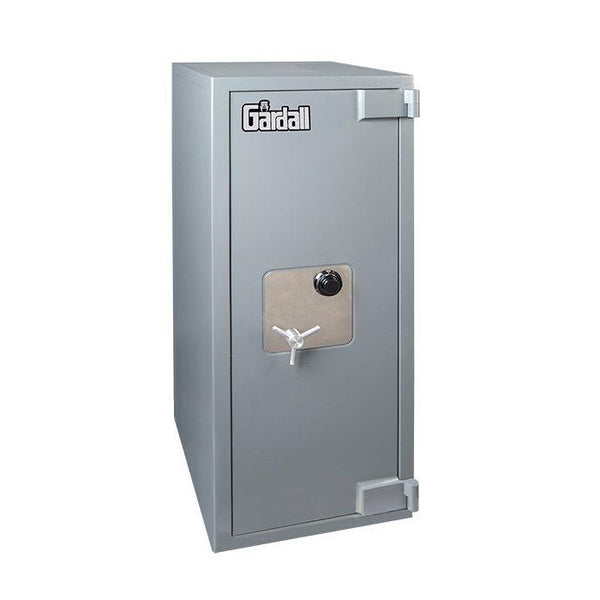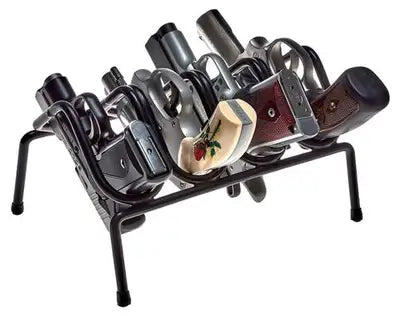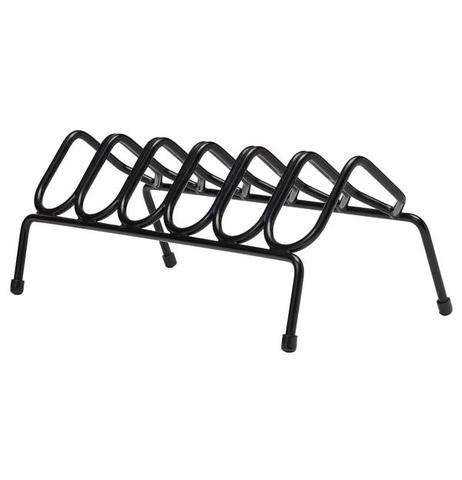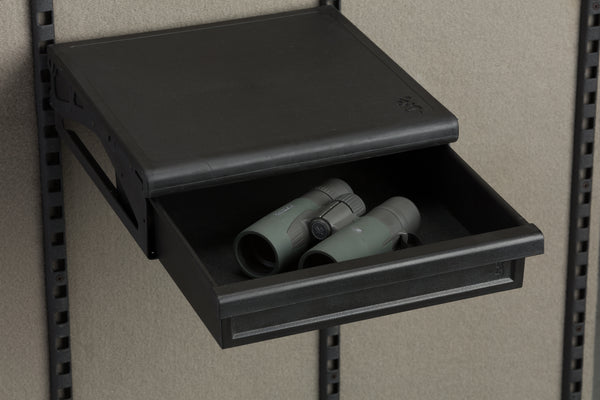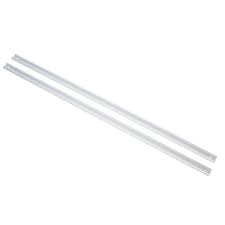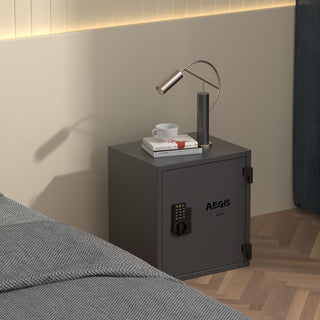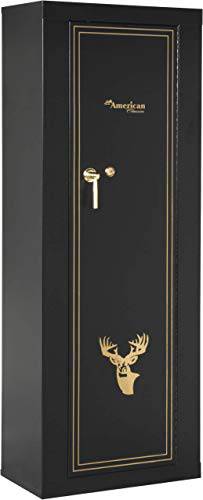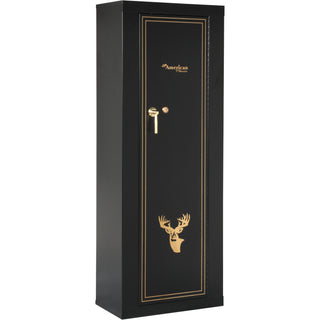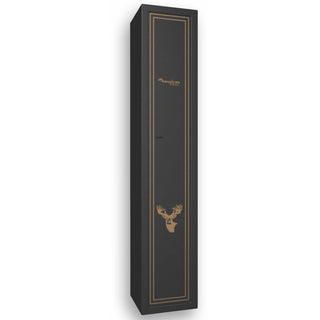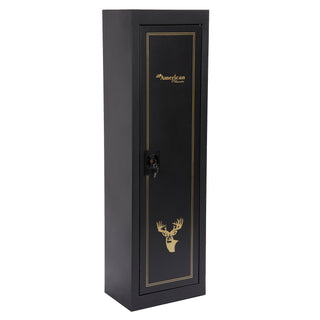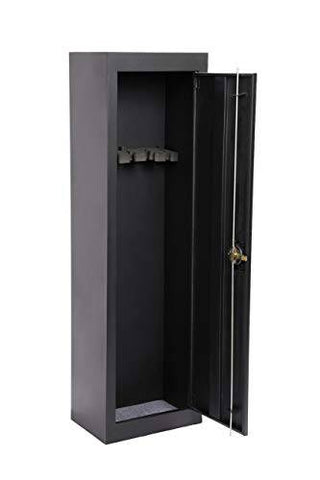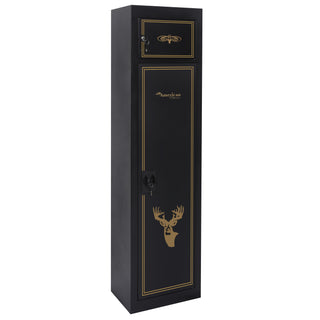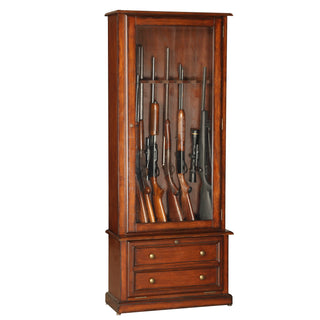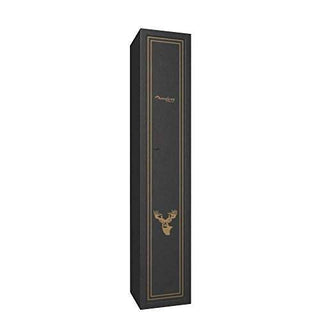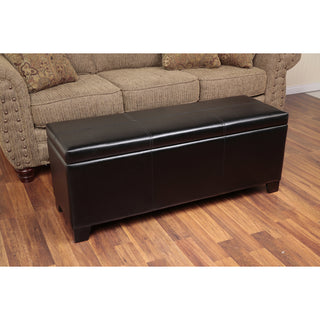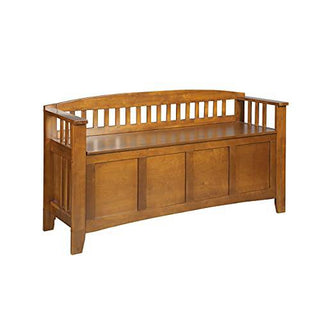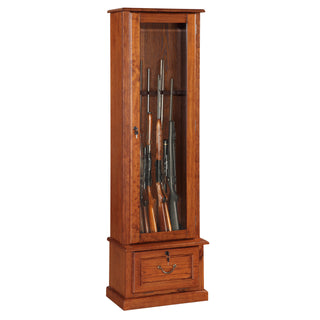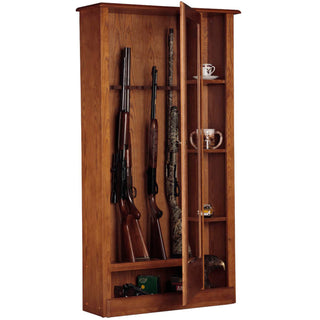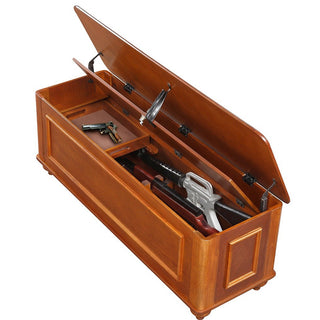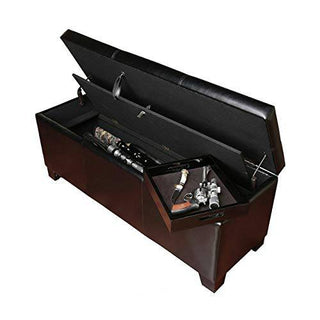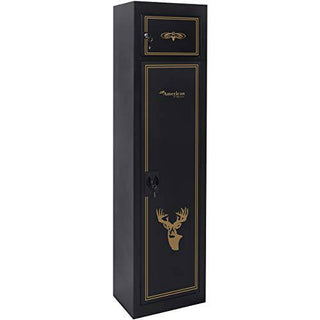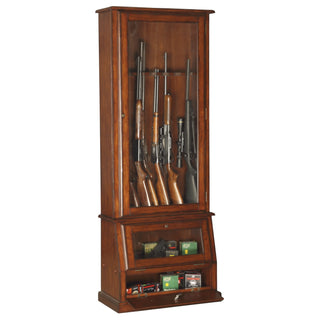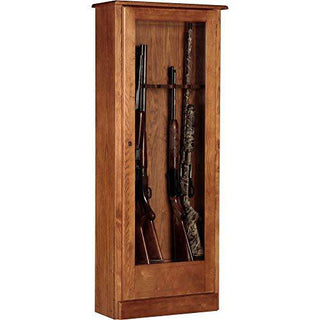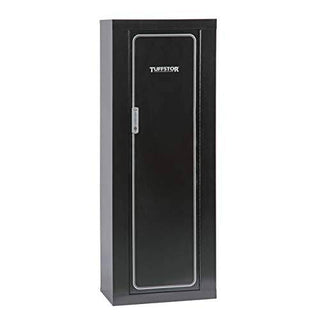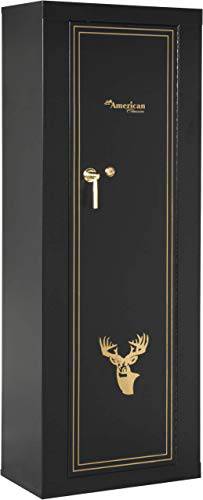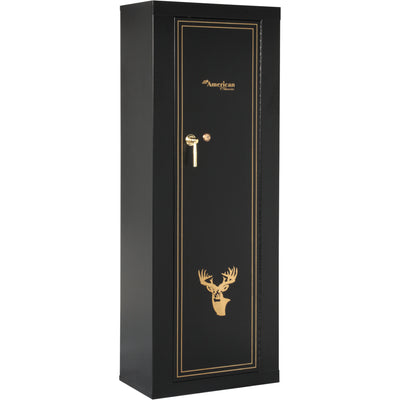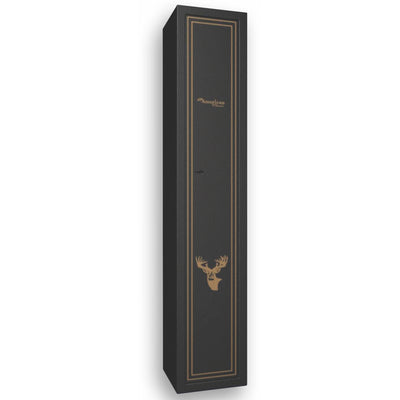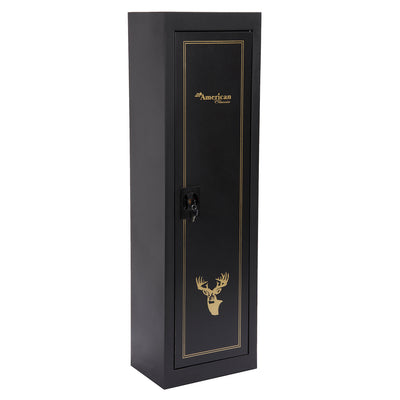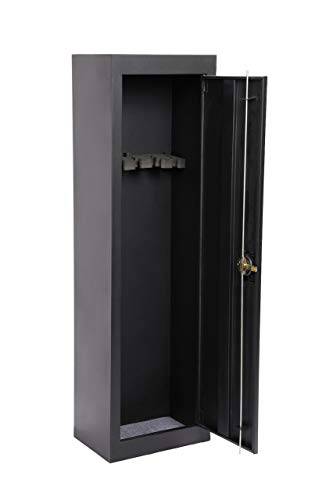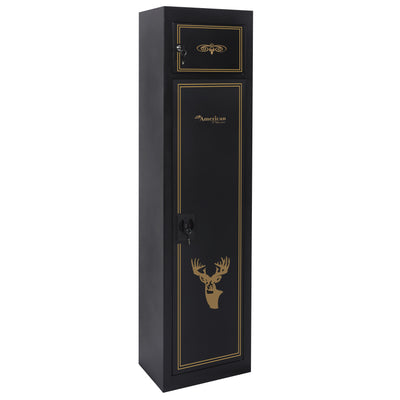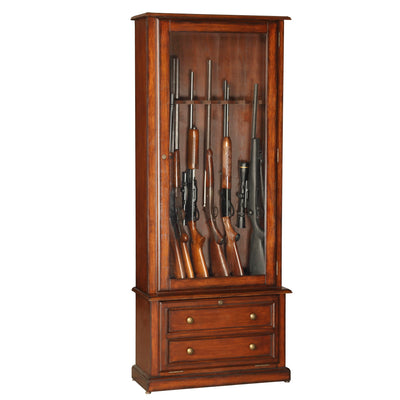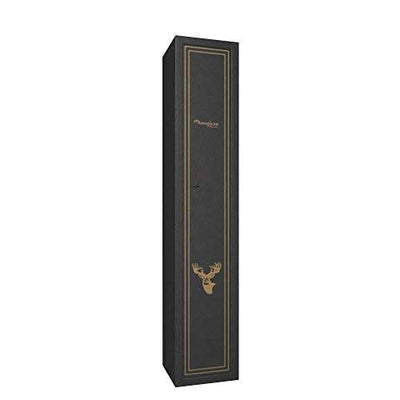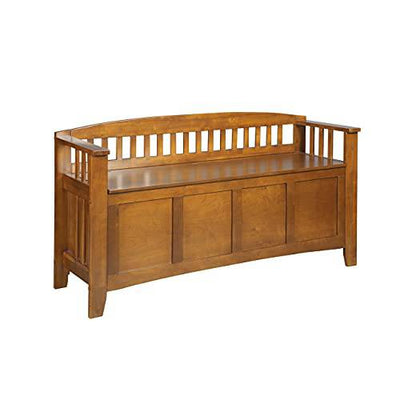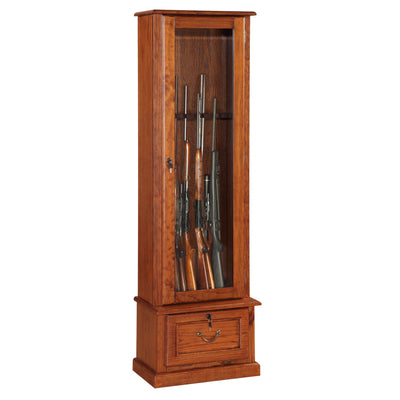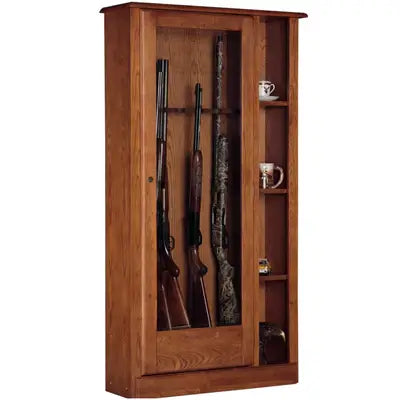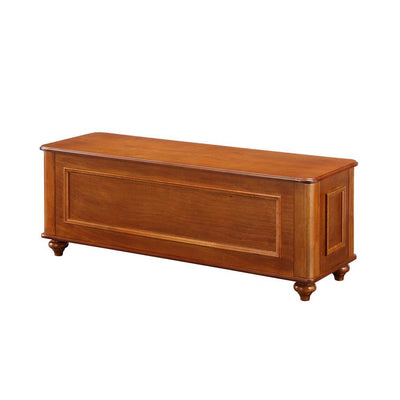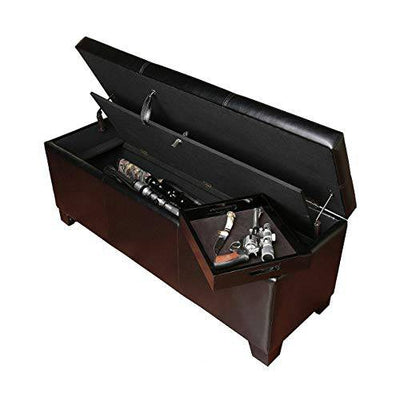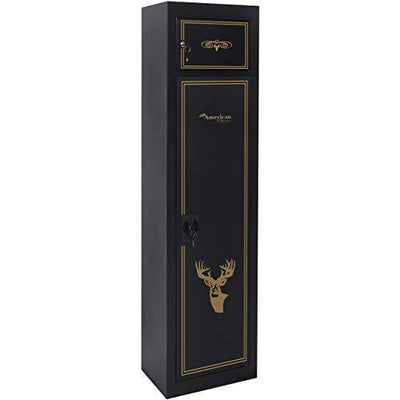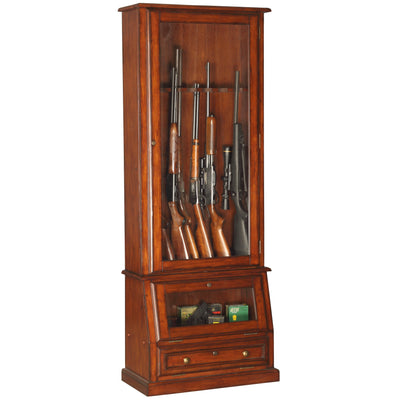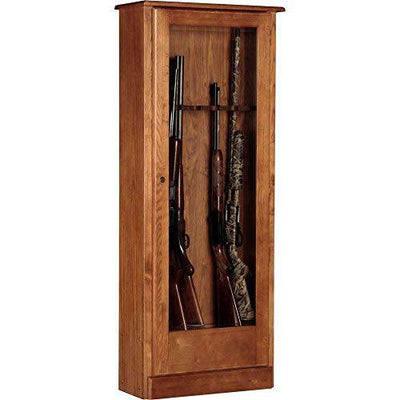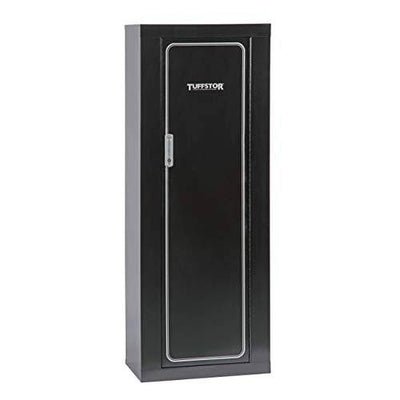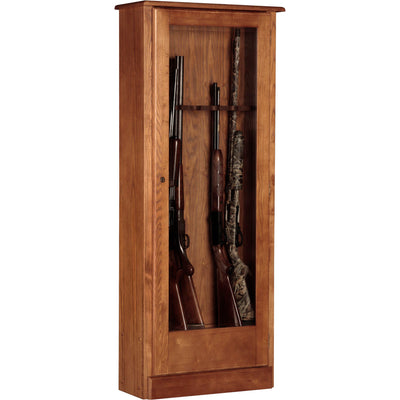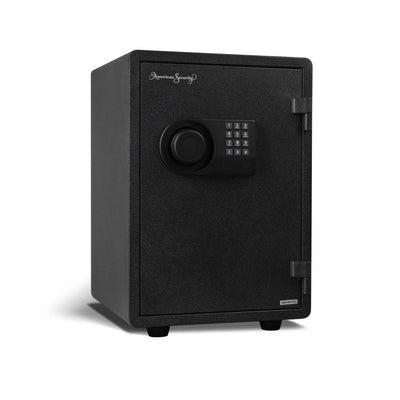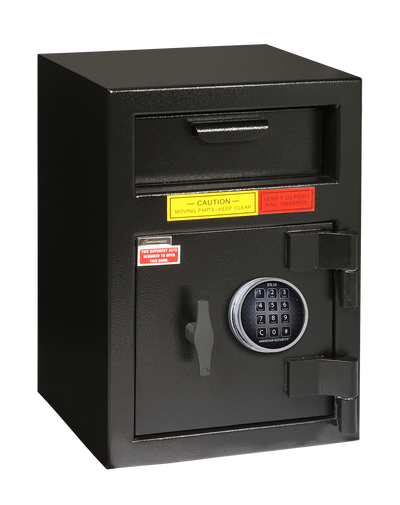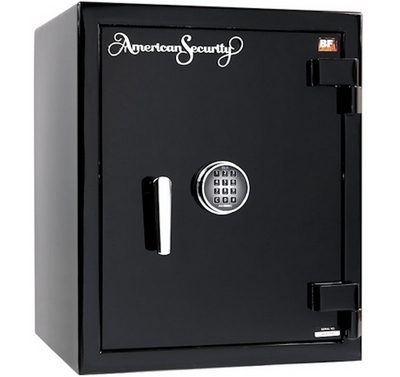
*This post contains affiliate links to products. We may receive a commission for purchases made through these links, but it never influences our product selection process.
Table of Contents:
- What is a Safe?
- Parts of a Safe
- UL Certification
- Basic Kinds of Safes
- Why Should You Own a Safe?
- Is owning a safe worth it?
- FAQ (What Readers Want To Know)
- Conclusion
Ensuring the safety of your valuables is a common concern for many people. In an ever-changing world where unforeseen incidents such as fires are a real threat, protection, and preparedness should never be taken lightly. That's when the perfect size safe becomes a priority. You don't need to be a full-on doomsday prepper to appreciate the importance of safeguarding your assets. Keeping your treasures safely tucked away is highly important, whether they hold financial or sentimental value.
Security extends beyond simply owning a safe; it's also about its features. Locks and keys, for instance, play a crucial role in secure access. Then there's the interior, which must suit your personal needs. Whether you need a portable safe for travel or a walk-in safe room, the search for the right safe can feel daunting. That's where we come in. Our aim as a customer-oriented business is to help you navigate these concerns and assist you in making the best decision for your investment.
What is a Safe?
A safe is a secured, lockable box designed to provide homeowners peace of mind by protecting valuable items against theft or damage like fire.
The modern, safe invention dates way back to the 1800s. Since then, safes have been mainly used to protect items against theft and fire. These items often include cash, jewelry, guns, documents, thumb drives, or other data devices.
Safes usually have cubical or cylindrical shapes and hollow interiors where the items can be stored. The body and door of most safes are made with durable materials, such as steel or plastic. Nowadays, safes are designed with several features that can resist attacks from power tools, withstand fire and water, and so on. They come with locked doors that can only be opened with a key, a specific combination, or the user's fingerprint. Some safes, particularly bank safes, feature depository slots through which banknotes and envelopes can be dropped.
Parts of a Safe
The most important question is: how can safes protect contents from damage or theft? They comprise various parts, each designed for a specific purpose.
1. Body
The main frame of the safe, or what mainly comprises the exterior part of a safe, is called the body. The body of the home safe provides primary protection for your valuables and offers enough room for various items. The bodies of most safes are made with metal, usually steel, and they are constructed to withstand bullets, explosives, drill attacks, fire, and virtually anything. Some bodies of safes also come with pre-drilled bolt holes to be completely ready for wall or floor installation.
2. Door
Safe doors are typically as thick as the bodies and tend to be constructed with the same materials that make up the rest of the safe. These doors swing outward or upward on their thick internal hinges. The doors of some safes feature an airtight or watertight construction, which makes the safes fireproof and prevents water from seeping in. The door of a safe also houses the lock, usually a key lock, electronic lock, digital keypad, or more technologically advanced options such as a fingerprint lock.
3. Lock
What makes a safe different from any ordinary steel box is its locking mechanism. The lock grants or restricts access to the safe's contents. It can be a key lock, an electronic lock with a digital keypad, or a fingerprint lock for quick access. Some locks also have hard plates that resist drills and ballistics for extra security. Poorly-built locking mechanisms are usually susceptible to tampering, which is why the locking mechanism is one of the most vital components to examine when choosing a safe.
Key Lock
Key locks are a traditional and reliable choice for securing a safe. While not as quick to access as digital options, they offer a simple, effective way to protect your valuables. It's essential to keep the key in a secure place and have a backup option in case of loss.

Mechanical Lock
Mechanical locks are a tried-and-true method of securing safes. They typically operate using a dial and a unique combination of numbers. While they can be more time-consuming to open than other lock types, mechanical locks do not require power, making them reliable in all situations. It's crucial to memorize or securely store your combination, as losing it can lead to a difficult unlocking process.

Electronic lock
Electronic locks offer convenience and enhanced security. They usually feature a digital keypad where you enter a personalized code to gain access. Some electronic locks also include a key lock as a backup option. This lock type is a perfect safe option for those who want quick access to their valuables.

Biometric Lock
Biometric locks provide advanced security by using unique physical characteristics, most commonly fingerprints, for identification. This type of lock offers quick and convenient access to your safe, as it only requires a quick fingerprint scan. It also adds an extra layer of security as your fingerprint is unique to you, making it nearly impossible for others to gain unauthorized access. Most biometric locks come with backup access options, like a key or digital keypad, to ensure you can always open your safe. They also offer the option of registering multiple fingerprints if multiple people are meant to access them.

4. Re-locker
Apart from locking mechanisms, some safes come with re-locking devices. A relocker is a safety feature that automatically secures the safe when it senses tampering. These devices are helpful in the event of a burglary attempt. When a safe detects an attempted breach, its relocker triggers an internal bolt that locks the safe permanently. Only an expert safe technician can open a safe after its relocking device has been activated.
5. Shelving
To keep items organized while they're stored, the interiors of some safes have built-in shelves. Shelving inside the safe helps organize your items, such as social security cards, birth certificates, and other important paperwork, making accessing them easier.
Some shelves are lined with soft fabric to protect their contents against scratches. Some shelves are fixed in the safe, while others are removable or adjustable for easy organization. Other types of safes, particularly gun vaults, have pocket organizers inside their doors. There are also others with internal locking drawers for additional secure storage.
UL Certification
Even when manufacturers and salespeople go on and on about the features of their safes, it's best to know whether their products are certified by the Underwriters Laboratories (UL). The UL is a nationally recognized testing laboratory that establishes standards for various products, including safes. Safes with UL ratings offer, at the very least, the bare minimum requirements that allow safes to function as they are designed to. Moreover, the UL conducts fire and burglary tests on safes and provides them with the appropriate classifications or ratings. The UL rating of a safe thus proves if it is indeed burglarproof and/or fireproof.

Fire Resistance:
Safes with fire ratings are classified according to the fire temperature and the duration of exposure to fire that they can endure. For instance, a UL Class 350 2-Hour rated safe has endured two hours of exposure to an outside temperature of 1,700 degrees Fahrenheit before reaching an internal temperature of 350 degrees Fahrenheit.
A safe with UL-certified fire protection safeguards your important paperwork, birth certificates, social security cards, and other essential documents for up to one hour or more in case of a fire.

Burglary Resistance:
Since theft is the number one reason for using safes, they are also subjected to the UL's burglary test. Safes that have undergone this kind of test have a specific TL rating. This rating corresponds to the length of time that the safe has withstood a sophisticated attack by a well-equipped and skilled burglar.
A TL-30 rating, for instance, means that a safe has endured attacks for about 30 minutes from mechanical and electrical tools. TL ratings range from TL-15 to TL-40, and the higher the rating, the more secure a safe is. Some safes have TL ratings with X6 at the end, which indicates that the safe has withstood an attack on all six sides.
Apart from TL ratings, there are also TR or torch-resistant and TRTL or torch and tool-resistant ratings. As their names suggest, these ratings signify that the safes can resist attacks from torches or both torches and power tools.
UL-certified burglary-resistant safes protect valuables, items, and documents from theft attempts.

Dust, Water, and Impact Resistance:
Some safes also offer resistance against dust, water, and impact, ensuring your valuables remain protected under various conditions.
In addition to the UL fire and burglary ratings, some manufacturers of safes have subjected their products to standardized tests by the Japanese Industrial Standards (JIS), the Korea Industrial Standards (KIS), or the Scientific and Technical Center for Building (CSTB). Some safes have passed a 30-foot impact test, which can be useful in fire emergencies wherein safes must be dropped from a two-story building. Some safes feature an airtight construction to prevent water and dust from coming in and damaging their contents.

Basic Kinds of Safes
Because of owners' various needs and preferences, safes come in different types and designs based on the locations where they will be placed and the items that will be stored.
1. Wall Safes
Wall safes are installed into your home's walls, perfect for keeping valuables hidden in plain sight. Safes displayed in full view won't be as secure as those installed within walls. Those who own wall safes need to create a recess where the safe can be hidden from view. Installing safes in walls can make them inconspicuous and keep them away from prying eyes. For an extra level of security, paintings or posters can also be hung on the wall to hide wall safes completely.
2. Floor Safes
Floor safes are usually installed in secluded areas, such as the main bedroom, providing a perfectly safe place for valuables. Similar to wall safes, safes placed within floors also provide their contents with additional security. The main difference between wall and floor safes is that the latter will be harder to remove. Most floor safes are also designed to be concreted into the floor so that it will be impossible for burglars to pry them off the floor. Users can hide floor safes under rugs or carpets to keep them out of sight.
3. Gun Safes
Gun safes are specifically designed to secure firearms, provide secure storage and prevent unauthorized access. They are among the most essential considerations for gun owners. Gun safes and vaults come in a variety of sizes, depending on the size of the owner's firearm collection. Some gun safes are small enough to be placed under a bed or in a narrow closet, allowing users to quickly access their weapons in emergencies. There are also gun vaults as large as cabinets for storing rifles and other hunting weapons.
They provide peace of mind by ensuring that guns are kept out of plain sight and reach, reducing the risk of accidental firing. Some gun safes can also hold other valuables, offering enough room for items like important documents and jewelry.
4. Jewelry Safe
Usually, jewelry safes are as beautifully-crafted as the jewelry they store. Their interiors can be made of natural wood and lined with a smooth fabric, such as velvet, on which jewelry pieces can be safely nestled. Jewelry safes offer compartments for better organization of your valuable pieces. Their soft linings also protect jewelry against scratches or wear. Some safes feature drawers or shelves so rings, watches, necklaces, earrings, and others can be easily organized. Regardless of the elegant appearance of jewelry safes, they are also built to resist burglary attacks and fire.
5. Data Safes
Data safes are designed to protect digital media and paper documents against fire and theft, providing a safe space for your important paperwork. Every business has sensitive documents and files that are not meant for all eyes to see. Data safes can provide these documents with much-needed security. Because documents are made up of flimsy, flammable sheets of paper, these safes usually offer high resistance to fire. Apart from documents, these safes are designed to store thumb drives, CDs, tapes, and other media types.
6. Depository Safes
Depository safes are perfect for businesses, offering a secure way to deposit cash or checks without opening the safe's main door. Primarily used in banks, depository safes allow employees to drop envelopes or cash through a slot or a depository door equipped with an anti-fish baffle system. This baffle system prevents people from reaching through the safe's depository slot or door and fishing out the safe's contents. Some depository safes also come with chutes or hatches. They are designed to be placed in a separate secure room, while their chutes have to be installed through the wall with the chutes' openings facing another room.
7. Hotel Safes
Hotel safes provide guests with a secure place to store valuables, offering peace of mind. Hotel safes are usually placed in every guest room of hotels, inns, and other hospitality establishments. Since the hotel staff can access hotel rooms, guests can feel more at ease when temporarily storing their valuables inside these safes.
8. Small Safe
Small safes are compact security solutions perfect for storing important documents, jewelry, and cash. Though smaller in size, these safes are designed with robust materials and intricate lock mechanisms for optimum protection. Their compact size allows them to be conveniently placed in hidden areas like drawers, cabinets, or even under a bed.
9. Fireproof Safe
Fireproof safes are specifically designed to withstand high temperatures, protecting your valuables in the event of a fire. These safes are rated based on how long they can endure intense heat without the internal temperature rising above a certain point. They are ideal for safeguarding crucial paper documents, digital media, and other items that can be damaged by heat or smoke.
Why Should You Own a Safe?
A safe is one of the best things that anyone can invest in. Because of their construction, safes can keep their contents secure and well-protected against many things.
Protection Against Theft
Owning a home safe protects against theft, especially for valuable items and important documents, offering peace of mind. The most common reason why people invest in safes is to keep their precious possessions safe from break-ins and burglaries. It's no question that thieves have existed since the dawn of civilization, and thefts can happen to anyone.
Losing items to thieves can be painful financially and emotionally. However, sensitive documents falling into the wrong hands can also endanger one's privacy and identity and can even give way to acts of fraud. Without a doubt, the best protection that one can provide their things is a safe.
Protection Against Disasters
Safes with fire protection guard your valuables and important documents against disasters like fire or floods. Apart from burglary incidents, natural and human-made disasters can damage items, especially cash and valuable documents. This is why a lot of safes offer fire resistance. They can protect their contents against fire or high-temperature levels. Some even feature a watertight construction, which can be useful when firefighters extinguish a raging fire by blasting water from hoses.
Safes that are water-resistant come in handy during floods. No matter what kind of catastrophe you face, various safes are designed to shield your valuables from harm.
Prevent Accidental Firing
Gun safes are crucial for households with firearms, preventing accidental firing and unauthorized access. Not only can safes protect contents against damage, but they can also protect every person in the house.
In particular, gun safes can keep firearms and other weapons away from anyone's reach. Being a responsible gun owner entails securing guns from unauthorized people, especially children. Storing a gun in a safe is a way better alternative than having it lying around. Doing so can prevent people from accidentally firing weapons and hurting others and make a home a safer environment.
Quick Access to Valuables
Safes give you quick and convenient access to your valuables and essential paperwork when needed. Be that as it may, safes can store items while keeping them readily accessible. Some safes are designed like strong boxes that can be stowed away under the bed or in the closet. In emergencies, having a safe eliminates the need to look for important items around the house. Storing all valuables in one secure container allows users to get them all quickly in times of crisis.
Cost-Efficient
Considering the protection it provides, investing in a safe is cost-efficient and safeguards you from potential loss or damage to your valuables.
Owning a safe is a cost-effective means of providing expensive valuables with protection. There's no need to hire someone to guard the items or to have a separate room or closet built for secure storage. Investing in a safe can give anyone peace of mind for life.
Is owning a safe worth it?
The importance of safe ownership cannot be overstated, especially for gun owners. Safes not only secure your precious possessions against theft and fire damage but also serve a critical role in responsible gun ownership. By housing firearms securely, safes prevent accidental access or discharge, making your home safer for everyone.
Picture this - valuables stolen or irreplaceable family heirlooms destroyed in a fire. There's simply no way to recover these once they're gone! But with a quality safe, you can protect these items against such unforeseen events. A well-constructed safe can thwart even the most skilled burglars, and a fire-resistant safe can preserve your valuables amidst a raging fire.
Given these benefits, investing in a safe is not just worthwhile - it's essential. It's a small price to pay for the immense peace of mind that comes from knowing your prized possessions are well-guarded.
Discover the perfect safe for your needs today. Visit our Gun Safe Collection and Fire Safe Collection and secure your peace of mind now because there's no room for compromise when it comes to protection.
FAQ (What Readers Want To Know)
What are the top 5 safes?
The top 5 safes typically include brands like Liberty, Fort Knox, Hollon, AMSEC, and Gardall. However, the top choice varies based on individual requirements.
Where should you put a safe in a house?
Safes should be placed in a concealed and secure location, often in the primary bedroom, basement, or a dedicated safe room.
Where can I hide a safe in my house?
Safes can be hidden in walls, floors, behind furniture or artwork, or inside closets.
How much do safes cost?
Safes can range from around $50 for basic models to several thousand dollars for high-security or larger models.
How heavy should a home safe be?
A home safe should ideally weigh at least 100 pounds when empty, making it harder to carry away.
Should I bolt my safe to the floor?
Bolting a safe to the floor is not mandatory. However, doing so adds an extra layer of security and makes it more difficult for burglars to remove it.
Is it worth having a safe at home?
Yes, a home safe provides peace of mind by protecting valuable items from theft, fire, and damage.
Where can I hide large amounts of cash?
Large amounts of cash can be hidden in safes designed to be concealed, such as wall or floor safes.
Where can I hide cash?
The best option to keep cash secure is a home safe. Having said that, cash can also be hidden in unlikely spots such as inside books, in DVD cases, or behind wall clocks.
Where would an older person hide money?
Older individuals might hide money in items such as books, photo albums, coffee cans, or inside false objects.
What company makes the best safes?
Companies like Liberty, Fort Knox, and Hollon are well-regarded for their high-quality safes.
Do fireproof safes really work?
Yes, fireproof safes are designed to withstand high temperatures and protect the contents in a fire.
How do you open a safe without a key?
Contact the safe manufacturer or a professional locksmith if you lose your key.
Conclusion
In the face of potential threats such as theft, fire, or unforeseen disasters or accidents, a safe provides an unrivaled layer of protection for your valuable possessions.
The importance of owning a safe extends beyond simply preventing loss. It offers quick access to your belongings when needed and peace of mind knowing they're secure. While some may view a safe as an additional cost, its protection and convenience make it a cost-effective investment in the long run.
Whatever your security needs or concerns, a safe is specifically tailored to meet them. Let us help you find the perfect fit for your needs. Safeguarding what's important to you is just a click away!









